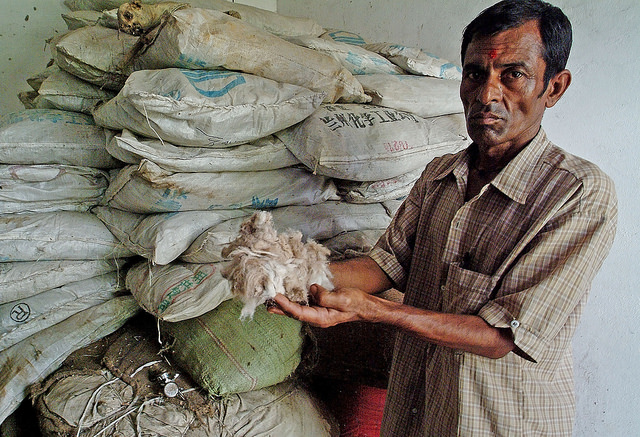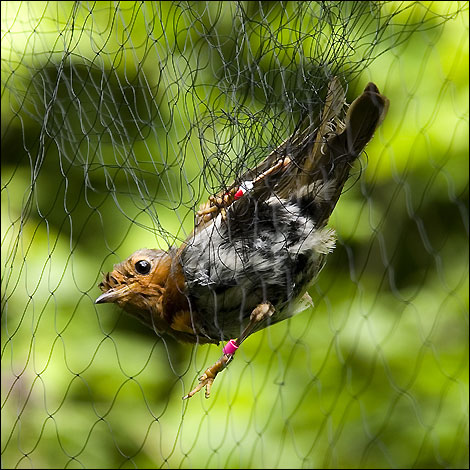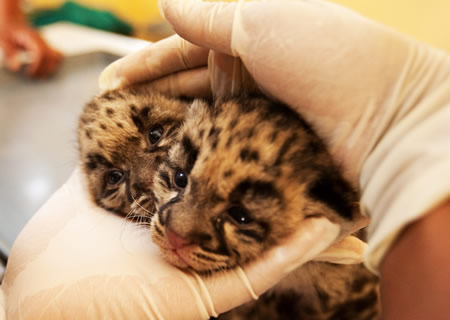According to an official statement by customs department, New Delhi, two Chinese women tourists aged about 41 and 39 were detained for trying to smuggle out 15 shahtoosh shawls worth Rs. 45 lakhs as they were set to leave for Shanghai from New Delhi airport on the 18th October, 2018.
Read More: Rare Himalayan Serow Seen In Kashmir For The First Time
The official statement said, “Fifteen Shahtoosh shawls were seized by the customs officers from their checked in baggage, following which they were arrested,” it said, adding that “international trade in these products is strictly prohibited”. Officer with the customs department asserted that smuggling the shawls were in violation of the Foreign Trade Policy, the Convention of International Trade in Endangered Species of Wild Flora and Fauna (CITES) and the Wildlife Protection Act of 1972.

Shahtoosh, meaning ‘king of fine wools’, in Persian, is wool obtained from the fur of Tibetan antelope (Chiru). The scarfs or shawls made of this are very light and thin and can be passed through a ring and yet provide a lot of warmth- as much as the chiru would need to survive in the high slopes of the Himalayas.
Tibetan Antelopes are accorded the highest level of protection in India and internationally. The animal is now extinct in Nepal, but 75,000-100,000 are believed to be living along the Himalayan border between China and India. The CITES (Convention on International Trade in Endangered Species of Wild Fauna and Flora) has banned shahtoosh trade. Those in possession of shahtoosh that was bought or inherited before the ban came into effect were required to have it certified and stamped.
Read More: Brown Bears Seen In Kashmir Once Again
Chirus are a highly endangered species and about four chirus are killed to make one shahtoosh shawl. These are animals which cannot be bred in captivity and raised for their fur. Hence the demand for shahtoosh in the black market is very high and it is believed that the highly skilled trade of weaving these shawls is carried on by a few weavers in Kashmir.
Last year, the parliamentary committee on environment and climate change had suggested lifting the ban on shahtoosh trade in Jammu and Kashmir claiming that it would help revive the economy of the state and restore the livelihood of shahtoosh weavers.
For now, the Chinese tourists could face a jail term of upto seven years. But the bigger problem is of the slaughter of these diminishing species from the face of the earth in order to satisfy the pride of many-a well-heeled. Or is it as the government claims a means to boost the Kashmiri economy / a means to protect the livelihood of shahtoosh weavers? Should the bigger picture not be considered – save the dying art of weaving “chiru wool”/ save the species of “chirus “ from becoming extinct in the long run?
Featured Image via Tibetpedia
Source :





